Imagine a garden ablaze with the hues of native wildflowers—a living canvas that transforms with the seasons, and a sanctuary for diverse wildlife. Are you ready to dive into the world of native wildflower seeds? Let’s discuss their benefits, how to native flowers in your own space—be it a sprawling backyard or a modest container—and most importantly, where to buy native wildflower seeds to kickstart this colorful journey.
Key Takeaways
- American Meadows, Prairie Moon Nursery, and many other seed specialists are great order-by-mail sources for native wildflower seeds. Many offer a grow guarantee. Local nurseries are another potentially valuable source for region-specific seeds. You may also want to get involved in local seed swaps, where you can trade and acquire native flower seeds for free!
- Planting native wildflowers requires choosing an appropriate location, understanding the local ecosystem, knowing which locals plant have the growth, flowering and other attributes you are looking for, and being sure the seeds you buy come from good sources who make sure the seeds are not contaminated by undesirable species and have good germination rates.
- Native wildflowers bring ecological benefits, supporting pollinators and local wildlife, enhancing soil health, and promoting biodiversity, in addition to being low-maintenance and matched to local weather conditions. Growing from seed can increase the genetic diversity of your plants, which can lead to a more resilient garden ecosystem.
Discovering the Top Sources for Wildflower Seed
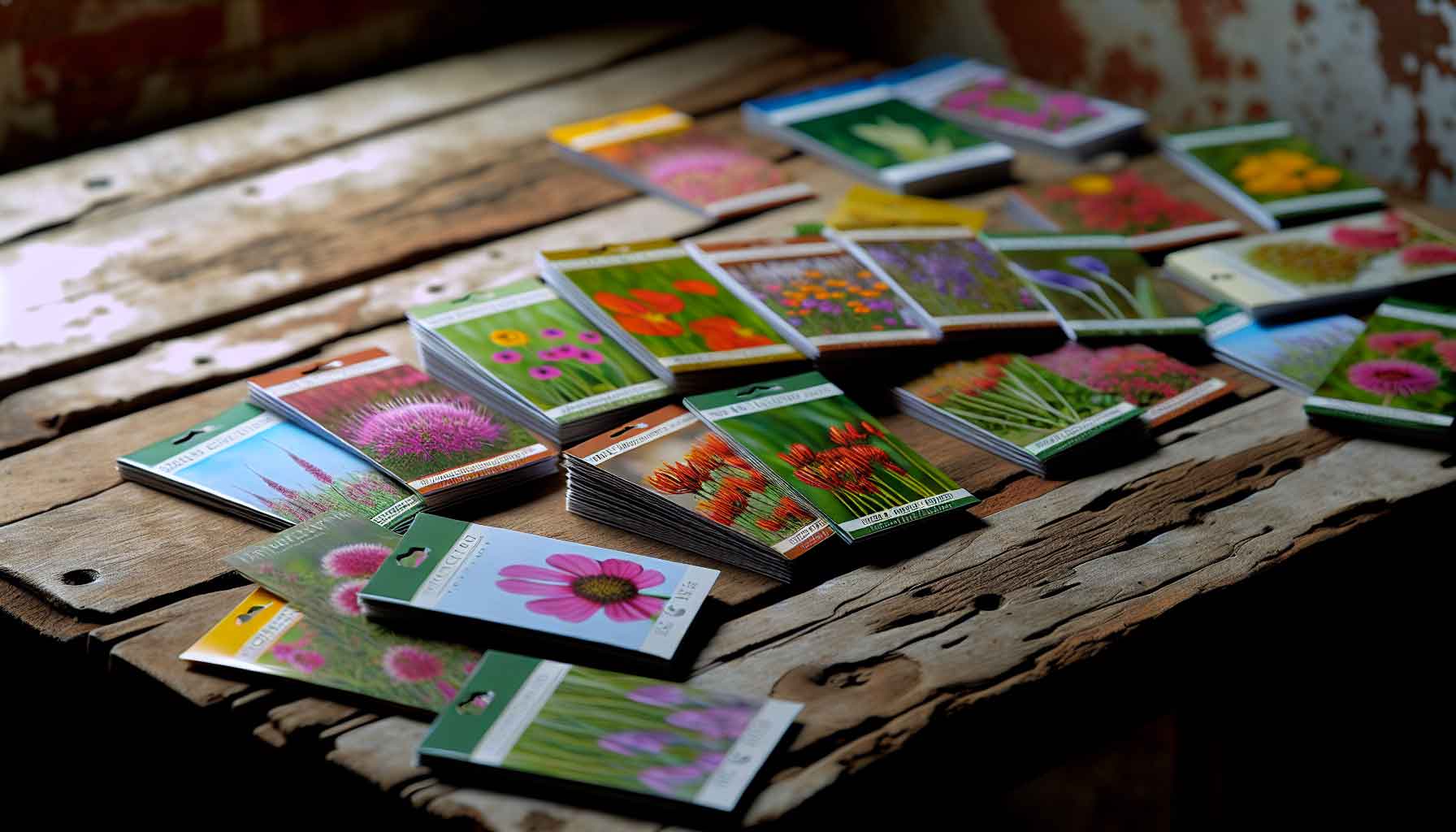
The top sources of native wildflower seed are: online sellers who specialize in selling clean seeds that are true to name and have a guaranteed germination rate; regional native plant growers, some of who actively and offer collect local ecotype seeds; and the native plant community. Native plant enthusiasts tend to be very generous with seed collection and sharing, and they also are reliable sources of advice on how to germinate specific seeds and what to expect.
In the realm of online sellers, companies like American Meadows and Prairie Moon Nursery stand out for their wide selection of native seeds, their commitment to quality, and their customer-friendly policies. These companies offer seeds that are not only true to name, but also free from unwanted fillers and weeds, ensuring that what you sow in your garden is exactly what you expect.
Plant Wild will soon be releasing a detailed list of reputable native seed sellers organized by the ecoregion their seeds are suitable for, so stay tuned!
Local native plant retailers are also often overlooked sources of native seeds. These businesses are typically run by passionate individuals who have a deep understanding of the local ecosystem and can provide valuable advice on what plants will thrive in your specific area.
Lastly, the native plant community is a treasure trove of knowledge and resources. From local seed swaps to online forums, these communities are full of enthusiasts who are more than willing to share their seeds and their wisdom. In fact, getting involved in the native plant community is not only a great way to acquire seeds, but also to learn from experienced gardeners and contribute to the conservation of local plant species. If you don’t know where to start, reach out to Wild Ones via their national or chapter websites. Wild Ones promotes native landscapes through education, advocacy, and collaborative action.
Crafting Your Own Native Wildflower Haven

Creating a wildflower sanctuary of your own from seeds can be highly rewarding. But there are a few things to know before you start.
First, be aware of the saying “First they sleep, then they creep, then they leap!” Native plants, particularly perennials, don’t always emerge from the soil in year one, and in year two they can begin to show growth but may not flower. It can take up to three years for some perennial shrubs to start showing significant flowering and growth. So take that into consideration as you decide where and when you want to plant.
Of course you can jumpstart this process by propagating plants from seeds rather than planting them directly in the soil. When propagating native plants from seeds, it’s important to consider the specific germination requirements of each species. Some seeds may need a period of cold stratification (cold treatment) to mimic winter conditions, or scarification (scratching the surface) to break seed dormancy. It’s also crucial to source seeds from reputable suppliers to ensure they are ethically collected and are indeed the species they are claimed to be.
Benefits of Planting Native Wildflowers
Native wildflowers not only add beauty to a landscape, they also provide major ecosystem benefits. Most noteworthy is their involvement with pollinators and other wildlife in the local area – for instance, bees, butterflies and birds are drawn to native species as they offer both nectar and sheltering places vital for sustaining such creatures. Native species are also great soil builders. Like many other native species the California Bluebell increases nutrient levels in soils. And flowers like Indian Blanket aid soil structure while stimulating microbial activity. Virtually all locally native plants help with soil erosion.
Some specific benefits of planting from seed
Availability: Some native plants are only available as seeds or may be easier to find in seed form, especially those that are less common in the nursery trade.
Educational Value: Growing from seed provides an educational opportunity to learn about the life cycle of native plants and their requirements for germination and growth.
Adaptation: Plants grown from seeds collected in local regions are better adapted to the local climate and soil conditions, which can lead to better growth and less maintenance.
Lower Cost: Seeds are often less expensive than purchasing mature plants, allowing for a larger area to be planted at a lower cost.
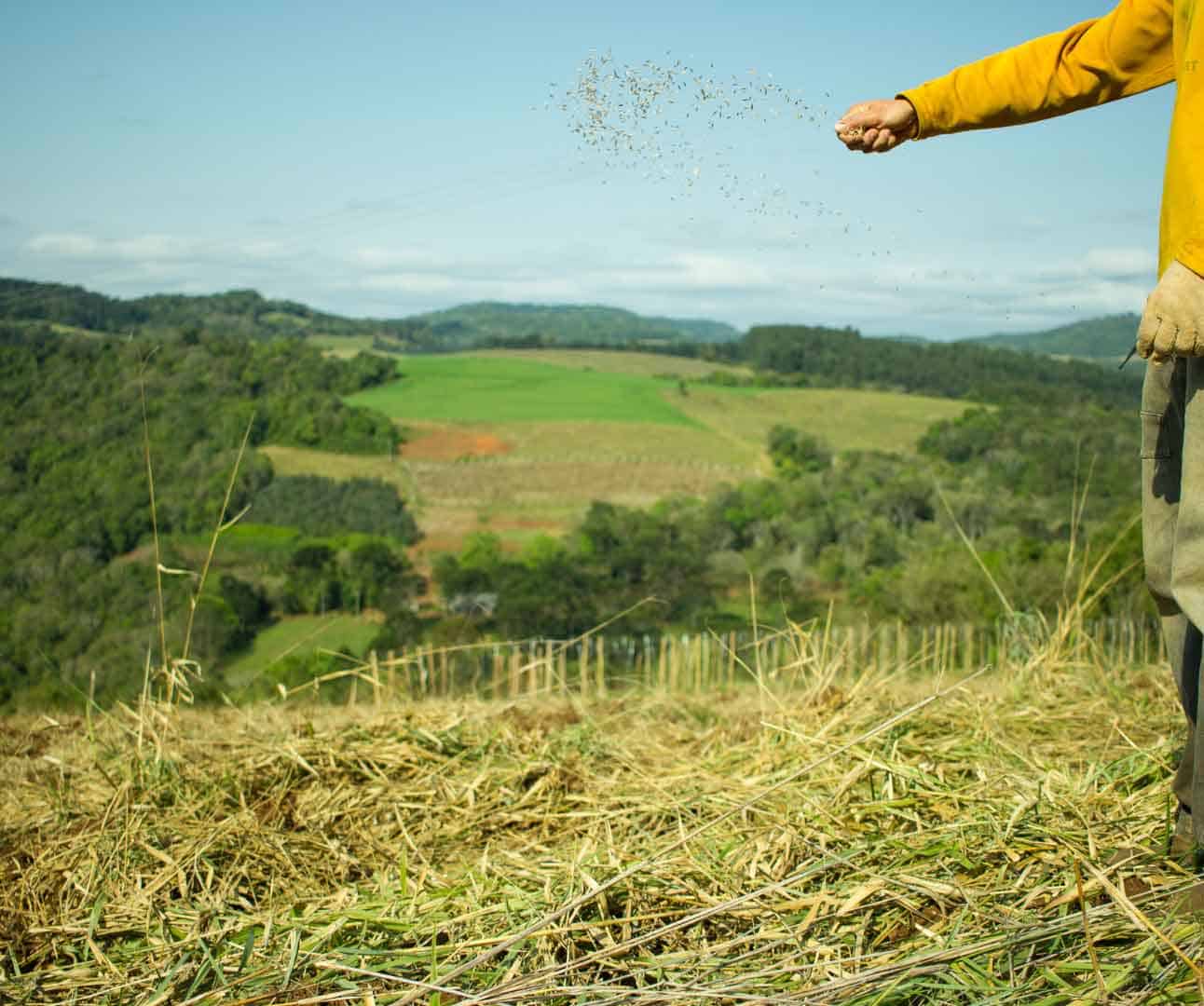
Tips for Planting Your Seeds Directly into the Soil
Planting seeds outdoors requires some planning and understanding of the specific needs of the plants you intend to grow. Here are general tips to help you start planting seeds outside:
1. Timing:
- Season: Understand the best time of year to plant the seeds in your region. Many native plants have seeds that are sown in the fall to naturally stratify over winter. Others may require planting in the spring after the last frost date.
- Temperature: Seeds have optimal temperature ranges for germination. Make sure outdoor temperatures are consistently within this range before sowing.
2. Soil Preparation:
- Testing: While most locally native plants can be sown without soil amendment of any kind, especially if the soil is actually local soil (not trucked in), it can be helpful to conduct a soil test to determine pH and nutrient levels. This information can help you adjust the soil to meet the needs of your plants.
- Conditioning: If necessary, amend the soil with compost or other organic matter to improve soil structure, fertility, and drainage. Note that not all locations require soil amendment, as native plants sometime prefer soil in its natural state.
- Prepping Soil: Loosen the soil surface with a rake or other tool may be adequate for many wildflower species. Others might benefit from more aggressive soil loosening. Follow the advice suggested by your seed provider.
3. Location:
- Sunlight: Choose a site with the appropriate amount of sunlight for the seeds you are planting. Some plants require full sun, while others need partial shade.
- Drainage: Ensure the area has good drainage to prevent water from pooling, which can rot seeds or seedlings.
- Wind: Consider wind exposure. Some areas might be too harsh for delicate seedlings and could require a windbreak.
- Birds: In many areas birds will feed on sown seeds, especially those that germinate on or near the surface. Tactics for dealing with this include sowing seed immediately before the first major snowfall of the year.
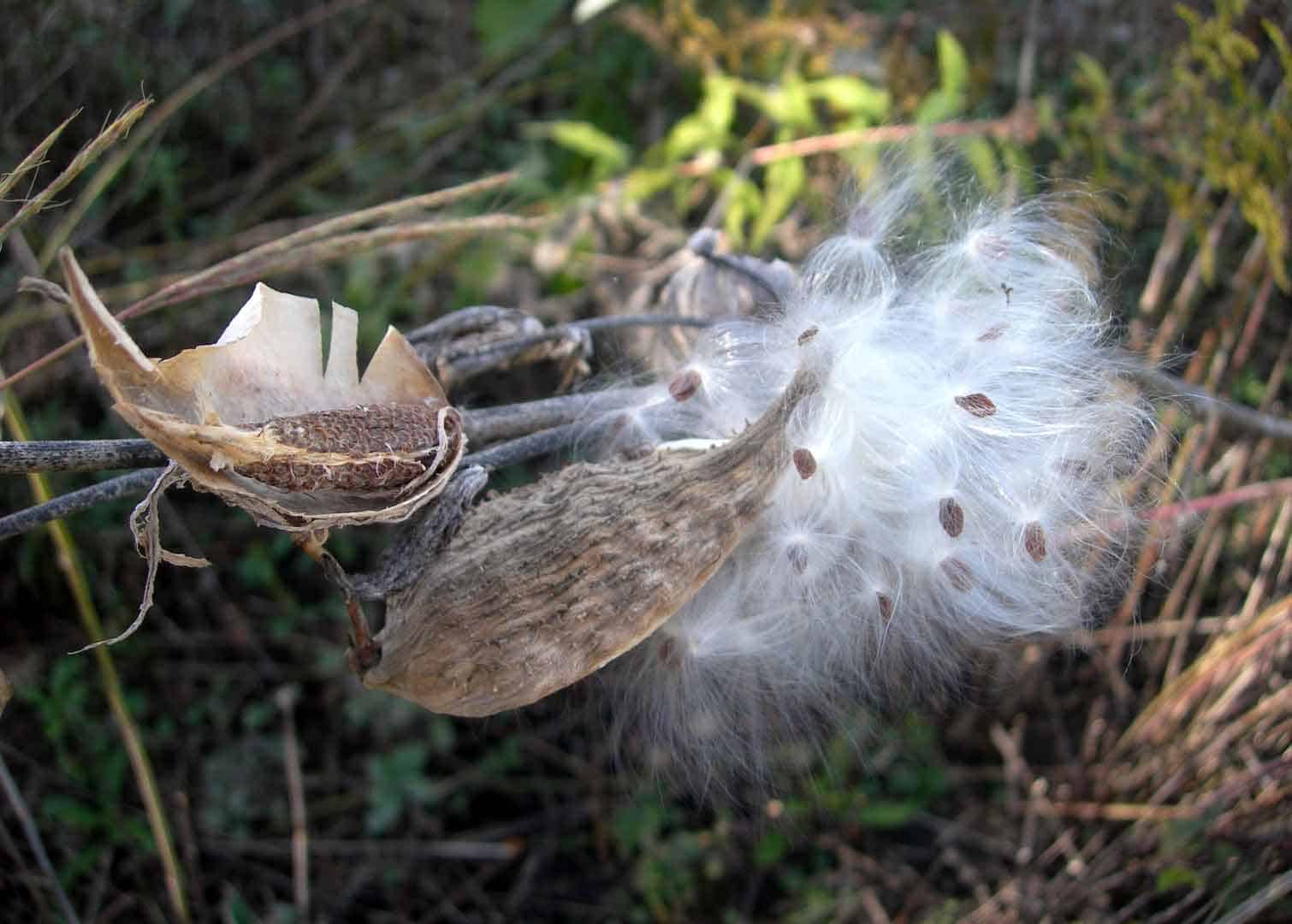
4. Sowing Seeds:
- Spacing: Plant seeds at the depth and spacing recommended for each species. Keep in mind that germination rates can affect the density of seeds you scatter or plant. Some experienced landscape designers drop more seeds than suggested by the supplier to make up lower germination.
- Labeling: Use markers to label where you have sown seeds to avoid accidental disturbances and to track their progress.
5. Watering:
- Consistency: Depending on the seed, species and location, seeds might need to be consistently moist or should be watered and then allowed to dry. Follow expert guidance for each species.
7. Care and Maintenance:
- Thinning: Once seedlings emerge, you may choose to thin them out to the recommended spacing to reduce competition for light, water, and nutrients.
- Protection: Shield seedlings from pests and harsh conditions, if necessary, with row covers or other protective structures.
8. Adaptation:
- Observation: Watch how the plants grow in the first season and adapt your care based on their performance.
- Record-Keeping: Keep a garden journal to note what works well for future reference.
Remember, each species of plant will have its own specific requirements, so while these tips provide a general guideline, always refer to the instructions provided with your seeds or consult a local native plant nursery for species-specific advice. This tailored approach will increase your chances of successful germination and a thriving garden.
Container Gardening with Native Wildflowers
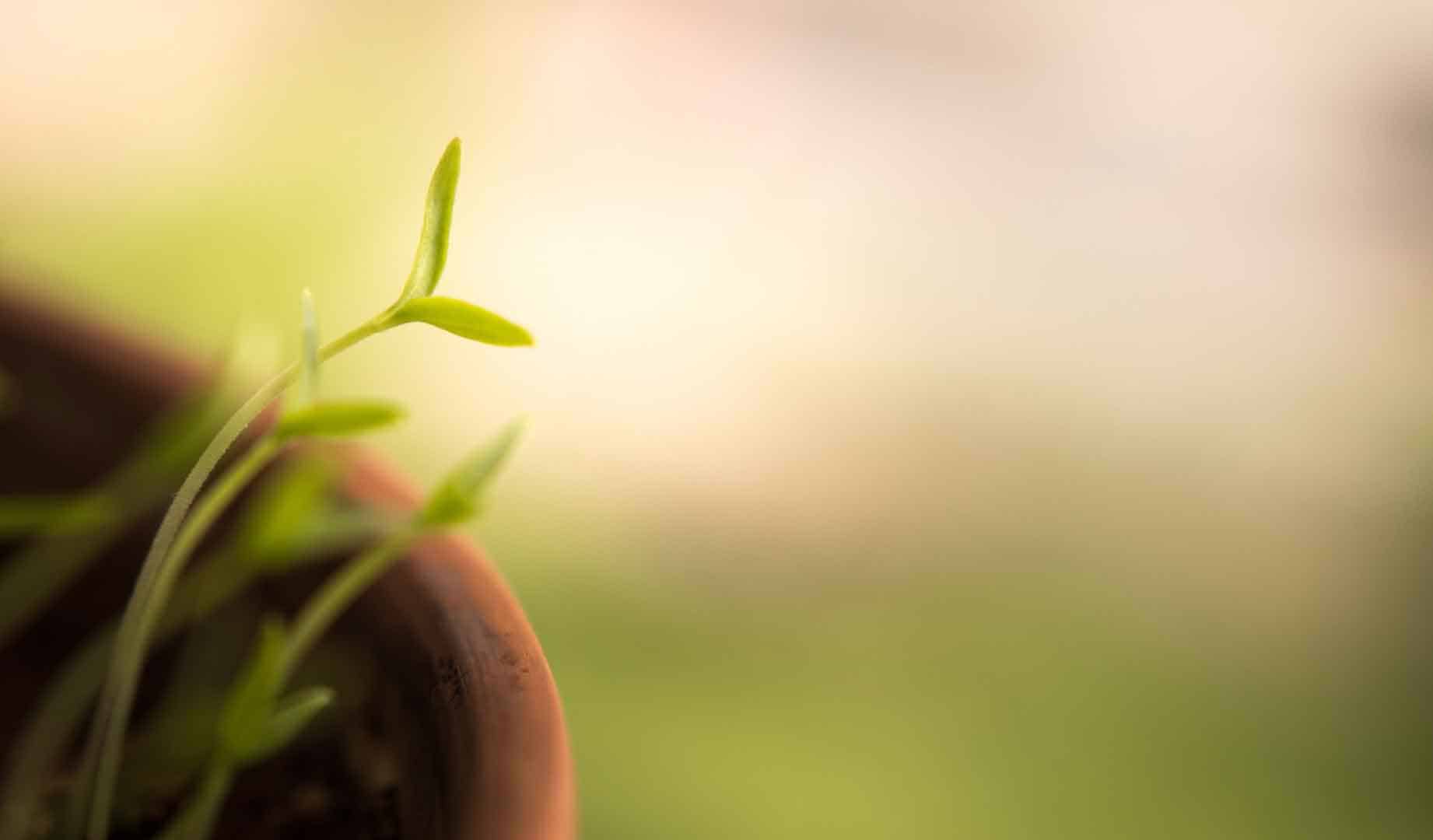
Container gardening with native wildflowers is an excellent solution for those living in a metropolitan or suburban areas where there is limited outdoor space. Here are some tips for using containers to either start your seeds or as final locations for your propagated seeds:
1. Select the Right Containers
- Choose containers with drainage holes and sufficient depth to accommodate the root systems of your chosen plants.
2. Choose Suitable Native Plants
- Research plants native to your region that can thrive in containers. Ideal candidates are smaller species or those that naturally grow in rocky or sandy soils, as they are more tolerant of the drainage conditions in containers.
- Consider the light conditions (full sun, partial shade, full shade) on your balcony or patio and select plants that will thrive in those conditions.
3. Use the Right Soil Mix
- Some native plants may require a specific soil pH or type (such as more sandy or loamy), so adjust your soil mix accordingly.
5. Watering
- While native plants typically require less water than non-natives, container plants need more frequent watering since they can dry out quickly.
6. Feeding
- Most native plants do not require a lot of fertilizer. If you do choose to fertilize, use a slow-release, low-nitrogen product to avoid rapid, weak growth that can attract pests.
7. Maintenance
- Monitor for pests and diseases. Native plants are usually more resistant, but container plants can sometimes be more susceptible.
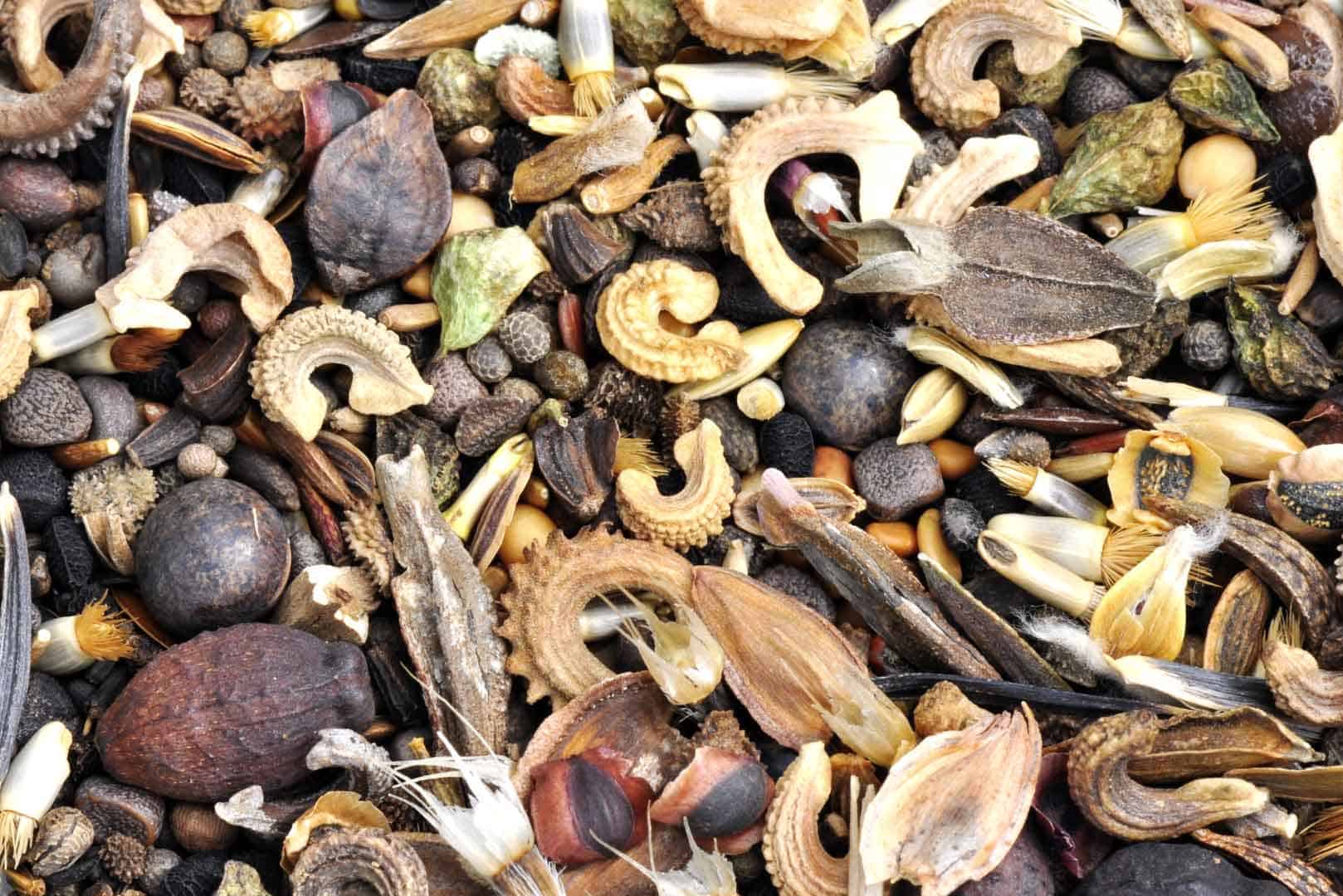
8. Overwintering
- If you live in a region with cold winters, consider the cold tolerance of the native plants you have chosen. Some may need to be brought indoors or provided with protection to survive the winter.
9. Supporting Wildlife
- To attract pollinators, choose a variety of plants that bloom at different times to provide a continuous food source.
- Consider adding a shallow water dish for butterflies and bees to drink from.
10. Enjoy and Learn
- Take time to observe the wildlife that visits your container garden and note which plants are most successful in your conditions.
- Adjust your plant choices and care routine as you learn what works best for your space.
By following these steps, you can create a thriving native plant garden in a small space. Not only will you benefit from the beauty and ecological significance of these plants, you’ll also contribute to the health of your local environment by using native wildflower seeds, even in an urban setting.
Tailoring Your Selection: Where to Buy Native Wildflower Seeds That Add Color and Help Wildlife
Finding the ideal wildflower mix for your garden can be a very fulfilling experience. Some seed retailers put a lot of effort into seed mixes. For example, American meadows sells native wildflower seed mixes that are generally appropriate for the Northeast, Southeast, Midwest, Southwest, Western, and Northwest regions of the U.S.
Keep in mind though that some seeds marketed as regionally appropriate may not be truly native to your ecoregion, so always look at the individual species makeup of commercial mixes before determining whether they are right for you.
Summary
For those eager to add a splash of color and life, cultivating native wildflowers in a garden is the ideal way to do so. Start with sourcing seeds suited for your space followed by prepping the plot and tending carefully. It won’t be long until you witness remarkable results such as creating an ecosystem tailored just for that area plus enhancing aesthetics along with inviting local wildlife, all achievable regardless of whether one has vast acreage or simply balconies. So go ahead and start this spectacular project which promises delightful rewards both practically but emotionally too!
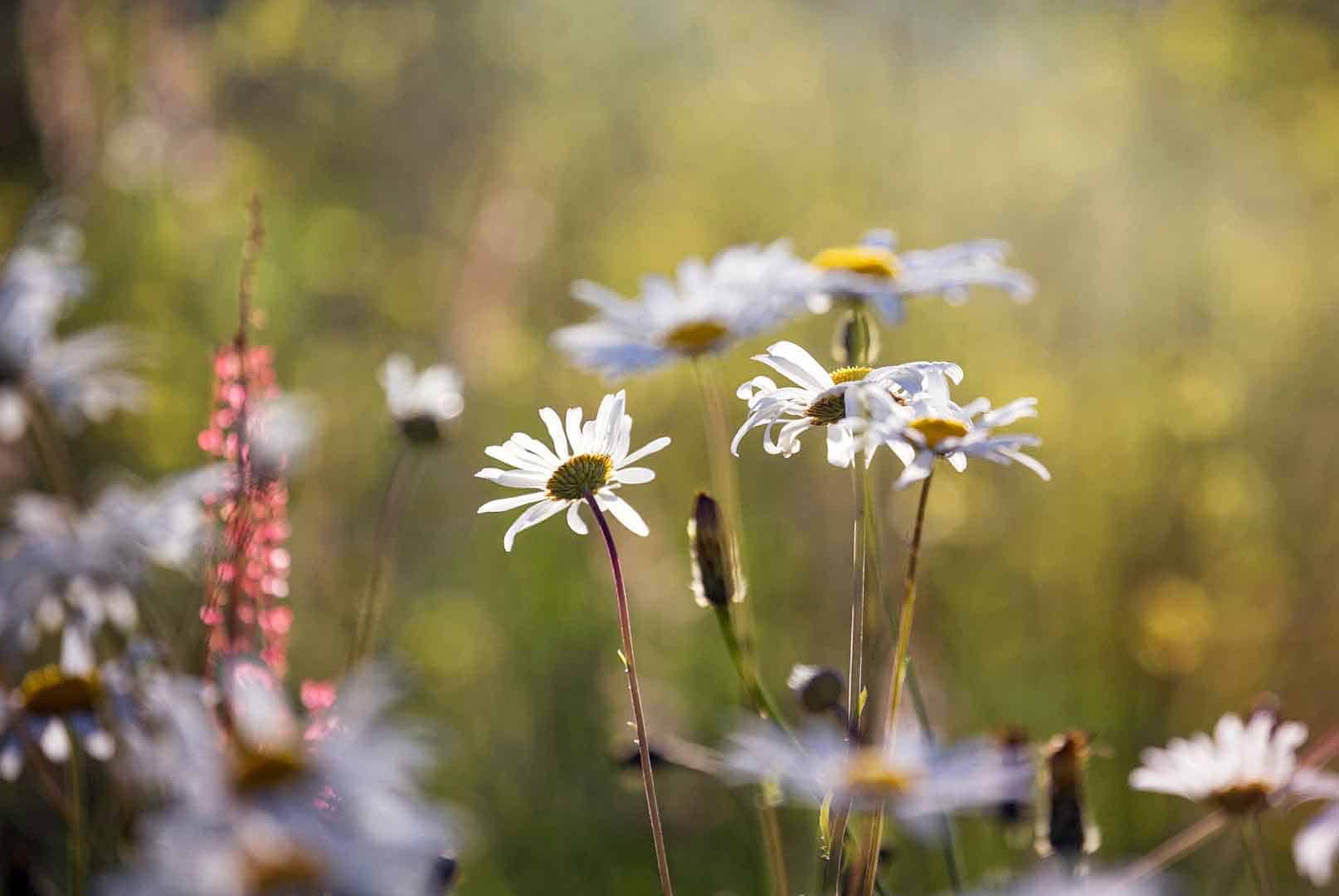
Frequently Asked Questions
Can you just throw wildflower seeds down?
It depends on the seed and the species, as well as your site. Always follow the seed provider’s recommendation. In some cases you can broadcast seed directly onto the ground and in others it’s not recommended to just throw wildflower seeds down without proper preparation and removal of other plants, especially invasive or aggressive species. For species that don’t require stratification, spring sowing can be the best option, as the soil is warming up, which can stimulate germination. In some cases, especially in warmer climates where soil temperatures don’t drop significantly, spring sowing can be done quite early, as some seeds germinate better in cooler temperatures.
What month is best to plant wildflower seeds?
Depending on the species and location, the ideal start for wildflower seeds can be either during the fall months from mid-September to late November, or in the spring. Many wildflowers, especially perennials, benefit from fall sowing. This is because they require a stratification period—a certain amount of time spent in cold, moist conditions to break seed dormancy and trigger germination.
For the best results, always research the specific needs of the wildflowers you wish to grow. Native plant societies, cooperative extensions, and local nurseries can be valuable resources for advice tailored to your area and the species you’re interested in.
